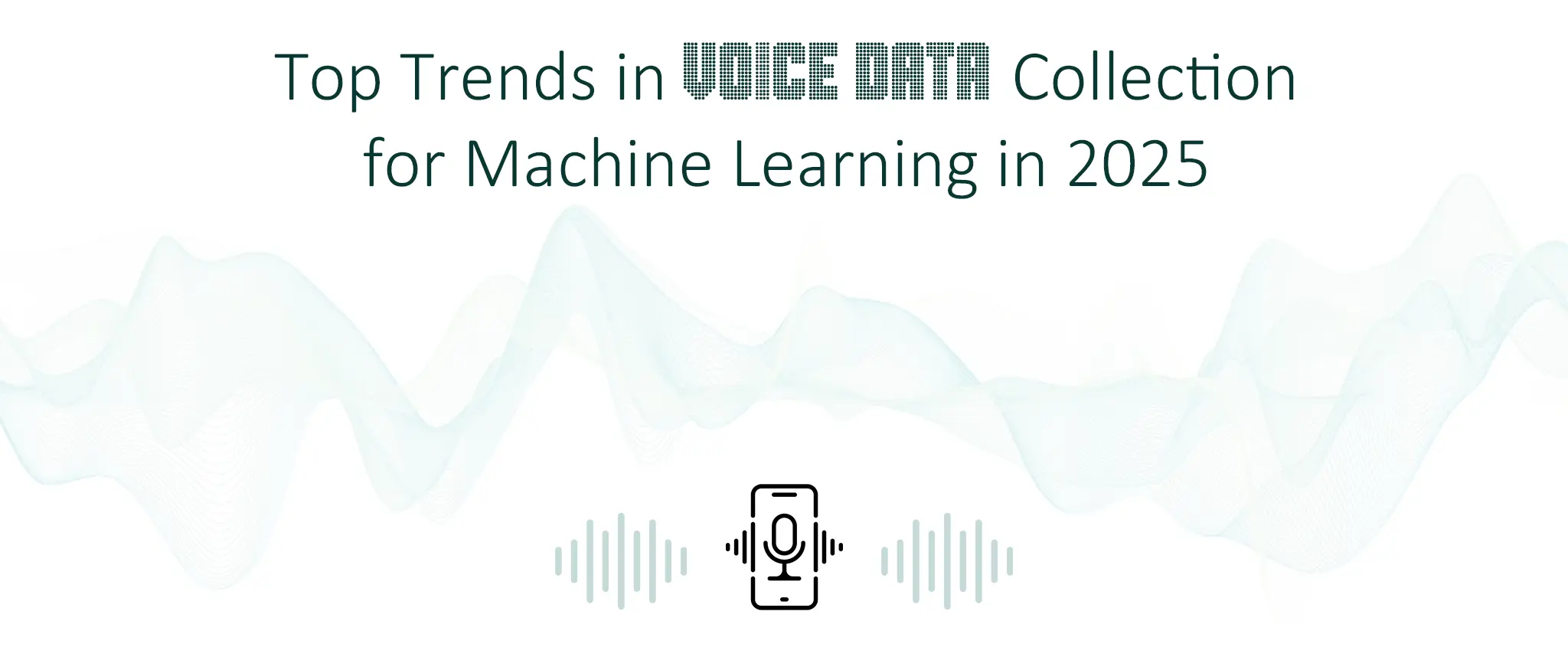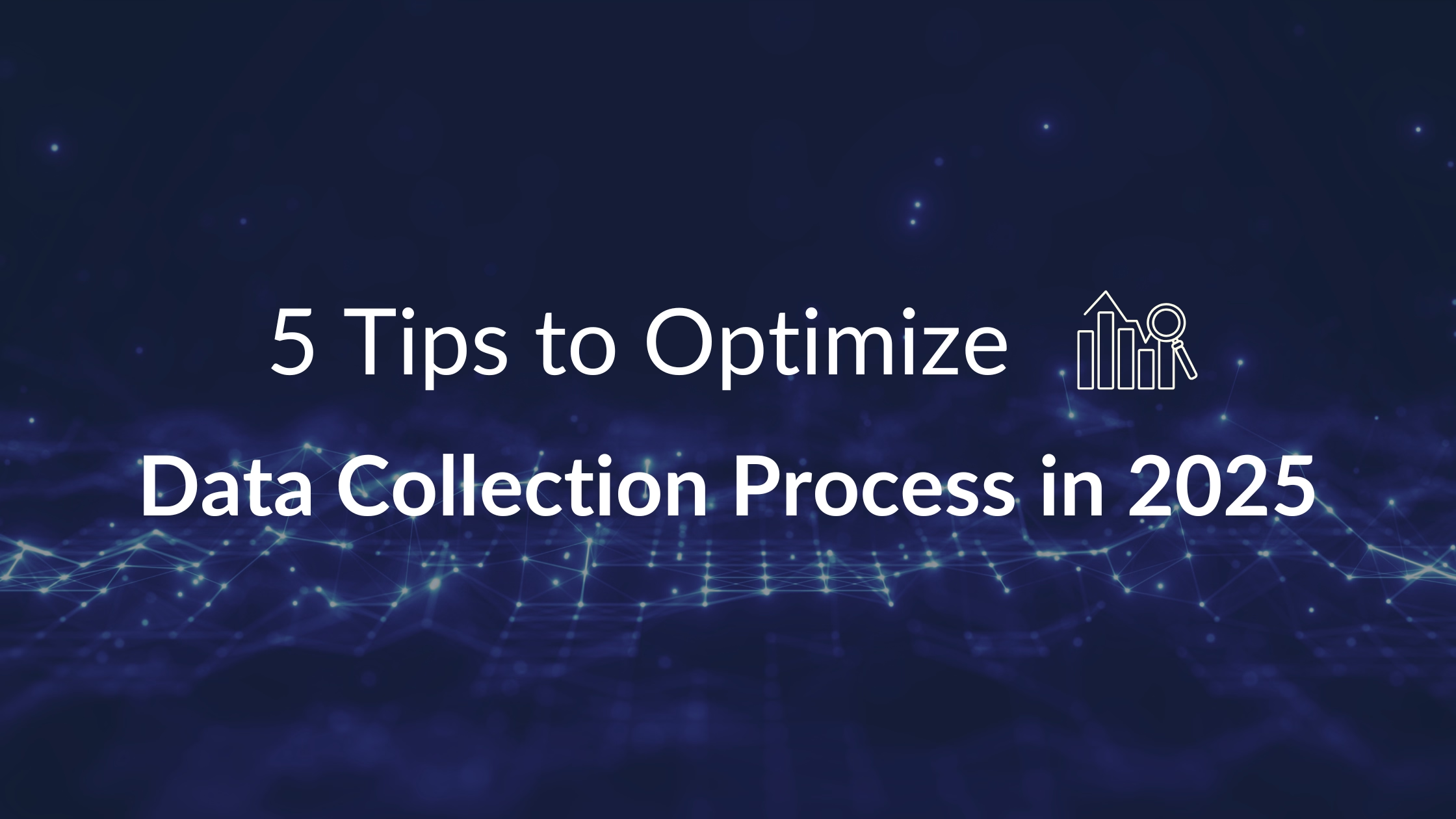The Importance of Accurate Multilingual Speech Data in the Age of AI
Key Takeaways:
- Speech recognition technology has become a crucial, almost indispensable part of our personal and professional lives.
- Developers of artificial intelligence require a large dataset for the technology to be effective in understanding and generating language and speech.
- AI still faces challenges in multilingual speech recognition, and machine-assisted services require professional human intervention for verification.
- Accurate multilingual speech data equates to better speech recognition technology and better data collection services for companies to utilize.
Table of Contents:
- Our Daily Lives with Speech Recognition Technologies
- Speech Recognition and AI
- Multilingual Environments: A Challenge to AI
- The Importance of Accuracy in Multilingual Speech Data Collection
Multilingual speech data plays an important role in the success of international business ventures. It encompasses communication and connection between the company and the customer. That being said, accuracy is non-negotiable. And in a time of artificial intelligence, developing accuracy and reliability in our present technologies is something we should work on. What exactly are the impacts of speech recognition technology on our lives? How do they work? Why should we keep developing it?
Our Daily Lives with Speech Recognition Technologies
Speech recognition in our technology today has become so natural to us that we do not even notice it. With a quick “Hey, Siri!” or “Alexa!” we can do a quick internet search or even a phone call. Artificial intelligence (AI) that utilizes this feature helps us in different ways, too. It helps us locate the place we are driving to and provide subtitles for videos and online conference calls. In business, it is used to generate transcripts for important meetings and to collect and organize data from clients. In this technologically advancing society, these tools have become crucial for the efficient completion of both simple and complex tasks.
Note: “Speech recognition” is different from “voice recognition.” The former involves recognizing and understanding language; the latter only involves a specific user’s voice.
Speech Recognition and AI
Let’s delve deeper into the connection between speech recognition and AI. How do we teach AI to recognize speech?
How Does AI Do It?
Like humans, AI needs to learn to fulfill its duties. In order for a person to learn complex mathematical equations, they must first master basic arithmetic. Similarly, machines need to repeatedly process and practice loads of information fed to them to complete their initial and succeeding tasks.
The large language model (LLM) is an AI program designed to understand and generate text. And so that it can be fine-tuned to accomplish an array of tasks, experts feed it with masses of data. It is the same as learning a new language for humans: different words in different contexts are introduced and through training and familiarization with patterns, the machine can do things independently. In itself, it is capable of generating translations, responses to general questions, summaries, and the like.
In recent years, LLM has been effectively used to advance speech recognition technology. To add, as a globally used tool, it is continually being developed to cater to different cultures and different settings. It requires training with a massive multilingual speech corpus and audio dataset to maximize its functionality.
Take Siri for example. Siri runs on a range of multilingual speech data and understands “Hello!” in 20 different languages spoken in about 100 ways. Each person who participated in developing this feature had to say their “hello” in five variations. And that is definitely a lot for just one word! Imagine a whole sentence. Imagine a sentence that Siri itself constructed as a response to your “Hello!” or “Hey, Siri, search for this and that!” The multilingual speech data collection for Siri was certainly a tiring task.
Exposure to varying speech helps in identifying different structures and patterns that can be used in machine-assisted tasks such as transcription and translation. These are key processes in the fast-paced and globalizing world today. Think international corporations, international films, and international education. Automatic speech recognition makes things easier because it allows quicker results and fewer human interventions.
Transcription and Translation with AI
Transcription and translation involve multilingual speech data collection. Multilingual speech data is imperative for businesses and individuals who seek to explore the international scene. It plays an important role in streamlining processes and services. Most importantly, it guides people past language barriers for better communication and deeper human connection.
Data collection services like CCCI are present to provide services that increase customer satisfaction. They take note of the trends and patterns of clients and customers to help businesses enhance services and reach their target market. The gaming industry, for example, has been using data collection services to produce quality games that appeal to their customers. For translation and transcription, these services aid in labeling and cleaning information so that the results are useful to the company in addressing client concerns.
AI has certainly allowed significant breakthroughs in transcription and translation. Google Translate, for example, is soon adding over 100 new languages to its system. This is a game-changer for both multilingual translation services and multilingual transcription services. We have to understand, however, that to produce competent results, technologies like this are still in need of human guidance, all the more if it concerns speech and multilingual settings.
Multilingual Environments: A Challenge to AI
Despite our technological advancements, automatic speech recognition (ASR) still faces challenges in certain aspects. The following are the common challenges that ASR faces:
- Code-Switching: Code-switching is a strategy used by people of differing languages to connect and communicate with each other. Sometimes done involuntarily, it is effective in expressing thoughts and concepts best understood in a different language. However, this may be difficult to navigate for AI. Machines fall short in understanding a blend of languages, especially when a specific context is involved. In some cases, AI may think of a word in another language as a mispronunciation of a word in the main language causing a faulty translation or transcription.
- Informal Language: Using the term broadly, informal language includes slang, which are words that are usually restricted to a particular group or context. Extensive and up-to-date data is crucial for AI to process this language as it evolves over time.
- Jargon and Technical Terms: AI is usually programmed to process general and common concerns. As such, context-based language like jargon can be difficult to understand. Compare, for example, “quid pro quo” and “tradeoff” or “pharyngitis” and “sore throat.” In hectic environments, AI may not be able to follow.
- Accents: Heavily accented speech may hinder AI’s ability to understand certain words. It may mistake one word for another or not detect a word at all.
Contributing to the audio dataset is the best solution for these and many other issues faced by AI. That being said, if the multilingual speech corpus of the program is not up-to-date and if the user is heavily or solely relying on the program, there are bound to be issues in the results. With this, let the professionals lend you a hand in multilingual speech data collection.
The Importance of Accuracy in Multilingual Speech Data Collection
Accuracy in multilingual speech is crucial in helping build better LLMs and speech recognition technologies. While having a huge data corpus is a move in the right direction, poor quality can compromise the entire operation. Data such as these need to be thoroughly verified and polished so that they can be usable as issues like bad translation, transcription, or recording quality can affect the results of your research.
CCCI is not only competent in multilingual translation. Our multilingual transcription services are also top-notch! Accuracy and timing are important in understanding others, and with our professional team, we ensure quality and excellence.
CCCI’s data collection services support 50 languages across the globe. With over 10 years of experience in the industry, you can trust our committed team to handle all kinds of data collection. From multilingual speech data collection to multilingual transcription and translation services, we are your trustworthy outsourcing partner. For your data collection needs, contact CCCI today!






